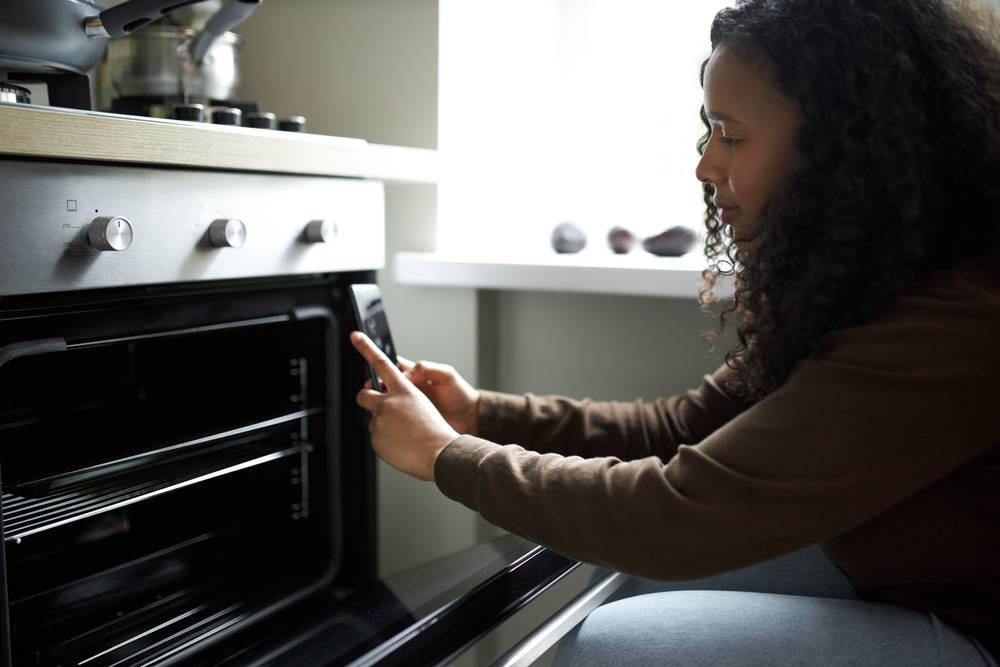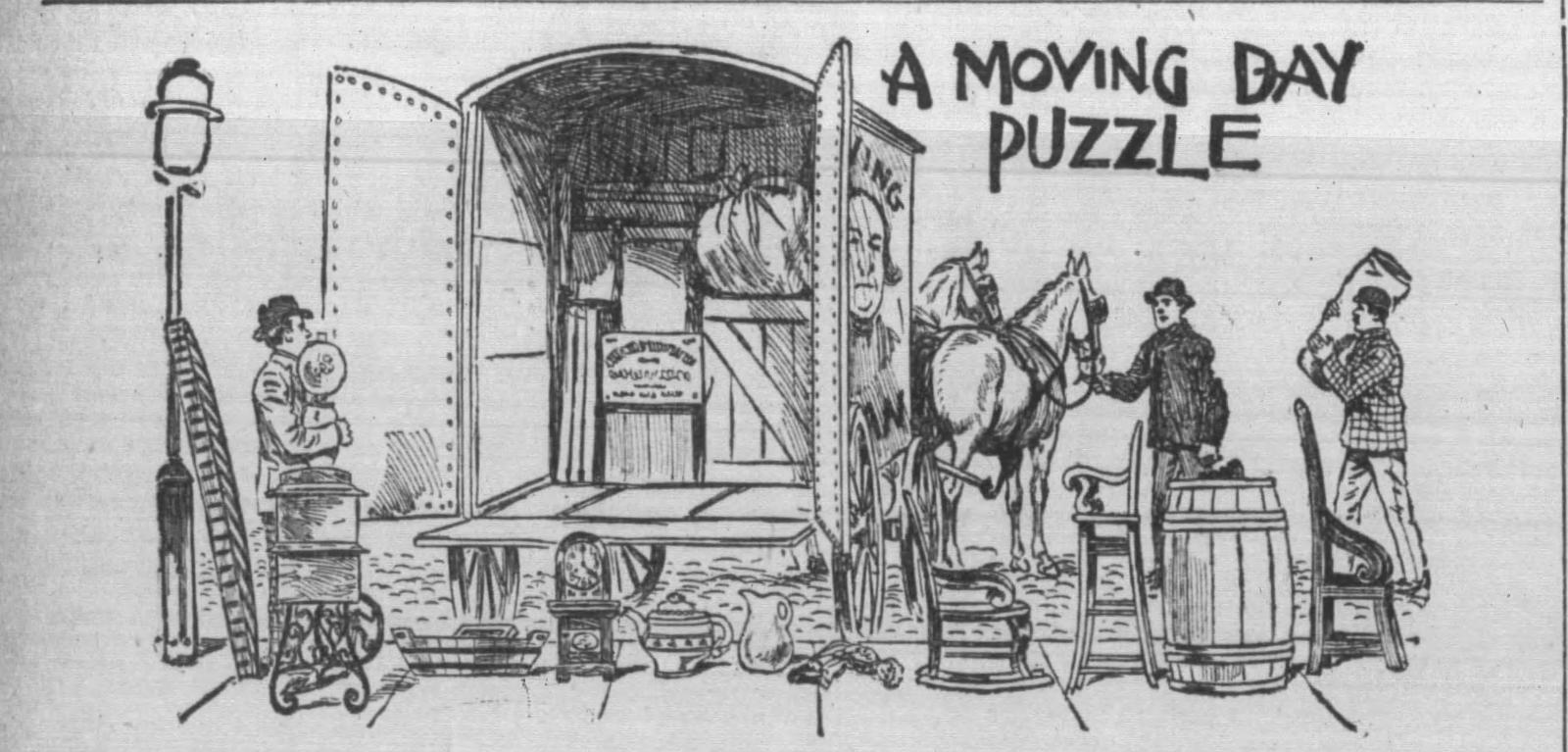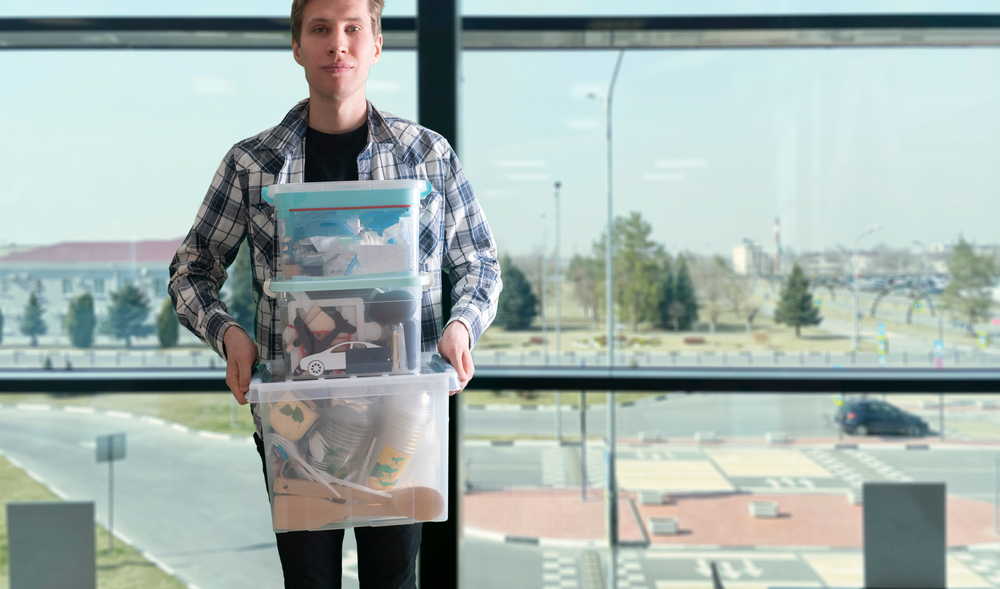Everything You Need to Know About Renting a DIY Moving Truck

Moving soon? Get organized with our free moving checklist.
If you’re planning a DIY move, booking a moving truck should be at the top of your to-do list. Since the moving truck will hold most, if not all of your worldly possessions, you want to be well prepared to choose a company you trust. Use this guide to find the best moving truck for your move and gain the peace of mind that you and your belongings will make it to your new home safe, sound, and within budget.
Know the Details of Your Move
To get the most accurate quote from DIY moving truck companies, you’ll need to provide some basic information about your move. Below are all of the details you need to iron out before starting your search.
Timeline
One of the first things to figure out is your travel timeline. When will you be picking up your moving truck and when will you return it? Have these two dates in mind when you request a quote. Also, keep in mind your flexibility. Can you leave a few days earlier or later? It may help you get a better deal, so decide early on whether or not your dates have some wiggle room.
Distance
How far are you traveling? The more specific the better so type your old and new addresses into Google Maps and write down the mileage. Your truck rental company will need this information for an accurate quote, but having it will also help you determine any pay-per-mile prices during your search and budget for gas money.
Budget
The cost of renting a DIY moving truck fluctuates dramatically depending on the distance and duration of your move, as well as the size of truck you need. You can spend anywhere from $20-$3,000 on the moving truck alone, so it’s a good idea to decide how much you’re willing to spend before you start looking.
Inventory
Thanks to technology, taking inventory of your home is easy. It’s also an important step when renting a moving truck to reserve the correct size of truck. Knowing how much you’re moving ensures that you have enough space without overpaying for extra room in a truck you won’t use.
Your car
Whether you’re shipping your car, driving it, or towing it behind the moving truck, you should have a plan in place. If you want the most protection for your car without shipping it, Penske offers a car carrier that provides extra space between your vehicle and the road, protecting it from rocks or other objects.
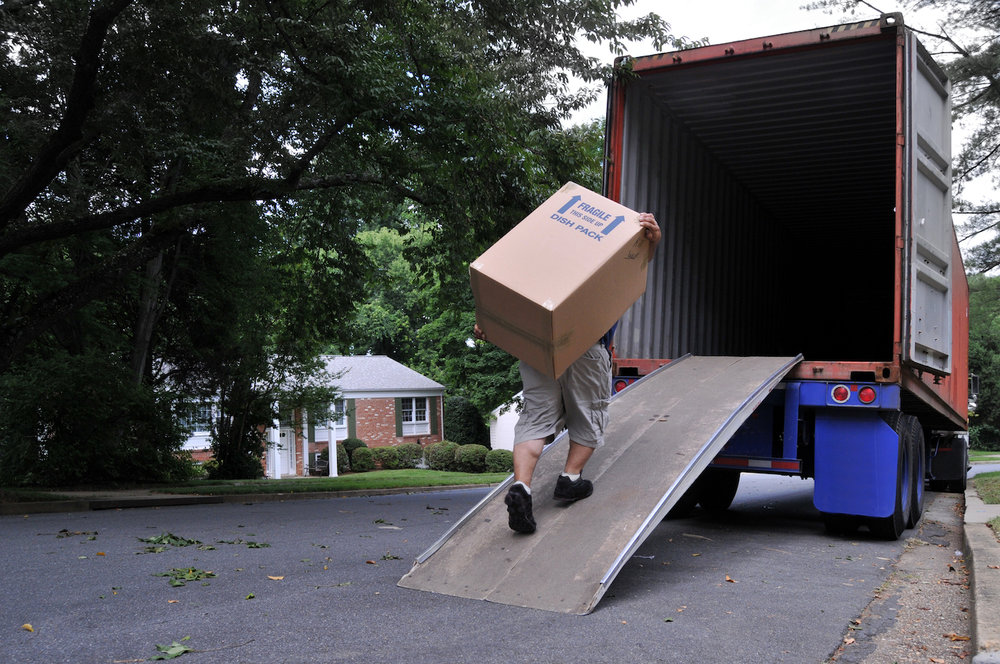
Pick the Correct Size Moving Truck
Many companies can guide you on what size of a moving truck you need. That said, it’s always a good idea to have your own sizes in mind to compare to and to build your budget. Since you’ve already taken inventory of your belongings, you should know roughly what size moving truck you need. With the help of a moving truck estimation calculator, you can calculate just how much space you need to fit all of your belongings.
Understand the Costs of Renting a Moving Truck
When giving you a quote, moving truck companies consider the size of your moving truck, along with the distance and duration of your move. But this is just the base price, so be sure to factor in other costs such as tolls, insurance, and gas when asking for a quote. If there are any additional fees or pay-per-mile costs, make sure you’re aware of them before booking your moving truck.
Compare Moving Truck Companies
With your budget in mind, start comparing DIY moving truck companies. It can be daunting at first, but these are the primary steps you need to take to find the best company for you:
- Better Business Bureau, and visit moving truck company websites.
- Once you have a list of three to four trustworthy businesses, start to compare their packages and get quotes from each. These will likely just be base prices, so keep that in mind when you receive each quote. Look out for additional upfront fees, daily rates, pay-per-mile fees, truck sizes, and dates available.
- Call your top DIY moving truck companies to discuss the details of your specific move. Write down your questions before calling and remember to ask about pick-up and drop-off locations. Now is also a good time to ask what insurance options they provide.
- Make sure you’re aware of what you’re required to pay for and any additional costs such as gas, tolls, and cleaning fees.
- Ask about any discounts the DIY moving truck company offers.
- Find out about the moving equipment they provide and how much it costs. Do you have to buy the dolly or can you rent one? How do you return these items? Get the answers to these questions while searching for your DIY moving truck company, and factor the additional costs into your budget.
Once you have all of this information, you can make a final comparison and feel comfortable deciding on a DIY moving truck company.

Make Sure You’re Insured
Driving a moving truck is very different from your everyday vehicle and accidents do happen. Whether it’s damage to the moving truck or its contents, repairs and replacements often come with high price tags. You may not be covered by your regular car insurance, so you’ll want to be protected with additional coverage. These are the most common insurance options provided by DIY moving truck companies:
Limited Damage Waiver (LDW): This covers any damage or theft to the truck or towing equipment itself. As long as you’re using the rental according to the terms in your rental contract, you’ll avoid the financial burden of repairs.
Personal Accident Insurance (PAI): PAI offers coverage should you or your passenger become inured within the moving truck during an accident.
Supplemental Liability Insurance (SLI): SLI provides coverage against claims made by a third party. If the renter or authorized drivers injure someone else or their property while driving the truck, you’ll want this insurance.
Cargo Insurance (CAI): This covers you and your belongings from damage caused by natural disasters or accidents during transit and while parked. Break your TV while unloading the truck? Unfortunately, CAI doesn’t cover loading or unloading, so you would be financially responsible for replacing the TV.
Towing Insurance (TWI): Towing your car on a trailer behind the moving truck? TWI protects against collision damage to your vehicle while it’s towed.
Keep in mind that this is a general guide. Be sure to check the details of each plan with your DIY moving truck rental company before purchasing to get the best coverage for you.
Book Your DIY Truck in Advance
We recommend booking your DIY moving truck at least a month in advance, and at least 6 weeks in advance during the summer months. Booking early increases your chances of getting exactly what you need at the best price. It’s important that you get the correct size of truck on the dates you’re planning to move, and if you book your moving truck at the last minute the vehicle you need may not be available.
Decide on Moving Equipment
After calculating how many moving boxes you need and whether you want to rent plastic moving bins or use cardboard boxes, determining what moving equipment you need should be next on your list. Need to move a piano? Having the right equipment on hand can be a real life (and back) saver. Many DIY moving truck companies offer dollies, hand trucks, and furniture pads to purchase or rent. You may also want to invest in moving gloves, rope, mattress bags, moving blankets, twine, and bungee cords for added protection while you move.
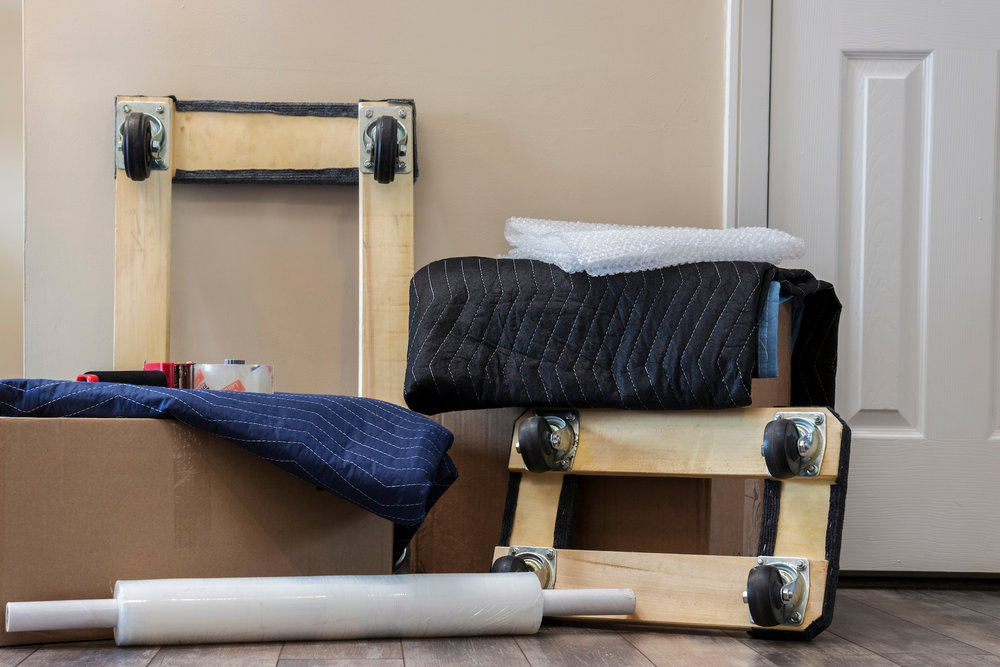
Take Care of Logistics
There are a few more details you’ll want to iron out before setting off on your move. To be as prepared as possible, make sure you’ve taken care of the following tasks before moving day. You don’t want to learn how to drive the truck while on the highway.
Map out your move
Many movers are already equipped with a GPS or smartphone. To get safely from point A to point B, make sure you have a charger and a backup GPS if possible, so if one breaks or loses signal you have another option. You can even go old school and pick up a map to be extra prepared. No matter which method you choose, make sure you map out your move before you head out. Construction and traffic can complicate your journey enough without the added stress of getting lost.
Order a moving permit if you need it
Certain cities across the country require moving permits to park your moving truck in the street. To protect yourself from getting towed or having to park a mile away, order a parking permit if necessary. Your DIY moving truck company may help you take care of the permit, but if they don’t, simply visit your new city’s website and apply from there. We recommend filing your application at least two weeks before your move, and you must receive it at least 5 days prior to your move.
Know how to pack the truck
It might be tempting to pile everything into the moving truck without a plan but trust us, with a little organization you can ease the unloading process and protect your belongings at the same time.
When packing the truck, try to load your heaviest items (think large appliances) along the front, back, and center of your truck in an “I” formation. Use softer items such as your mattress to line the walls of your moving truck and fill gaps with the smallest, lightest items.
Prepare to drive the truck
Make sure you know how to drive a DIY moving truck before jumping in the front seat and heading out. Go for a spin around your neighborhood first to get a feel for the truck, keeping in mind that it takes wider turns and requires more space to change lanes. Given its size and weight, the moving truck will also need more time to stop, so be sure to leave at least one car length between you and the vehicle in front. To avoid any mishaps, be sure to note how tall the moving truck is and pay attention to road signs. You don’t want to lose the top of your moving truck passing under a low overhang.
Remember to fill the gas tank
Before returning your truck, you’ll most likely have to fill it up. If you don’t stop at the pump, you risk paying a costly fine.
Now that you know everything that goes into booking a DIY moving truck you can reserve your move knowing you’ve made the right choice. Keep this guide handy for when you need it and enjoy a breezy move!




